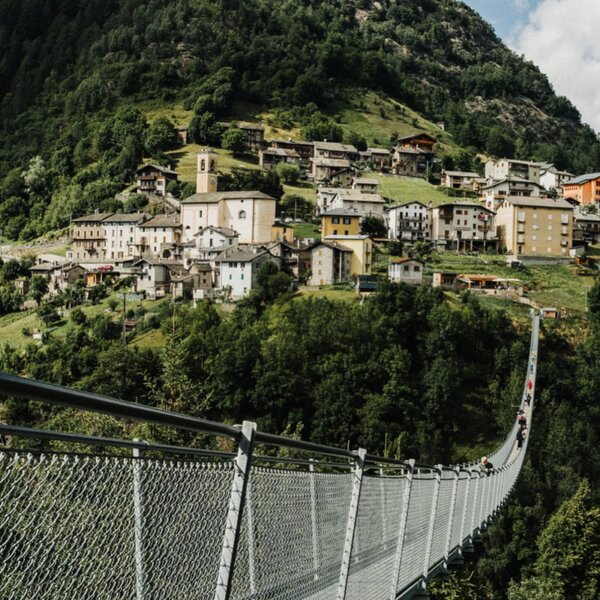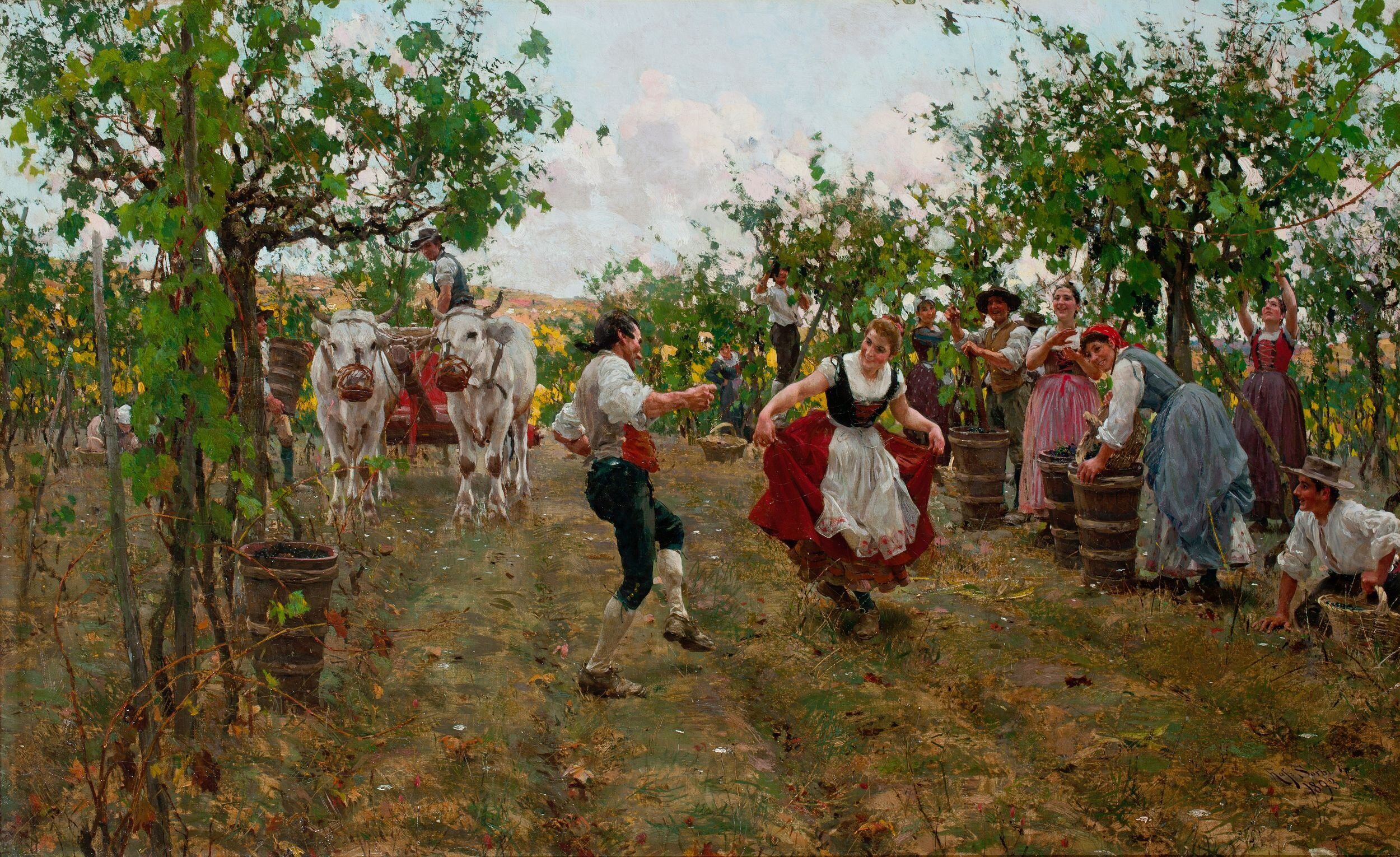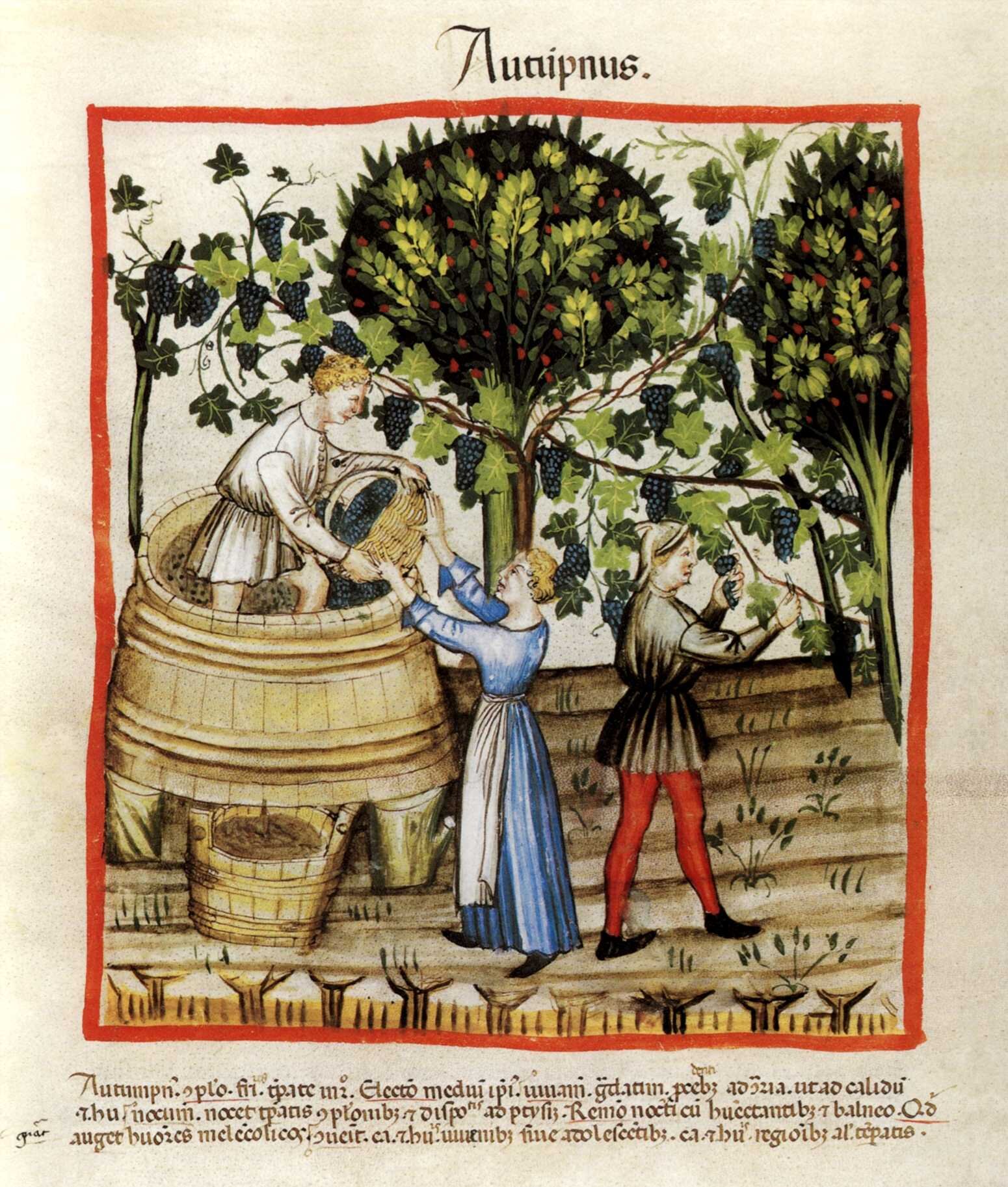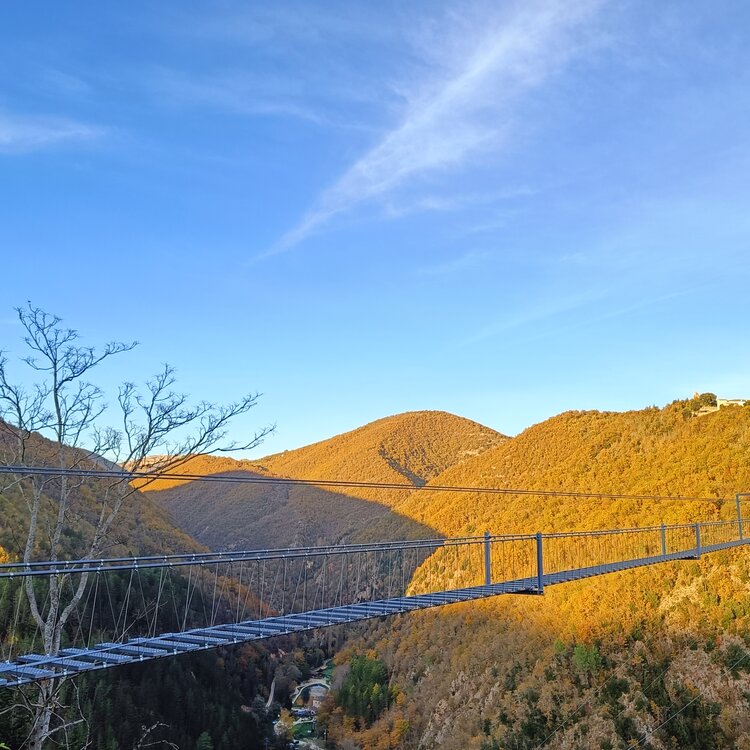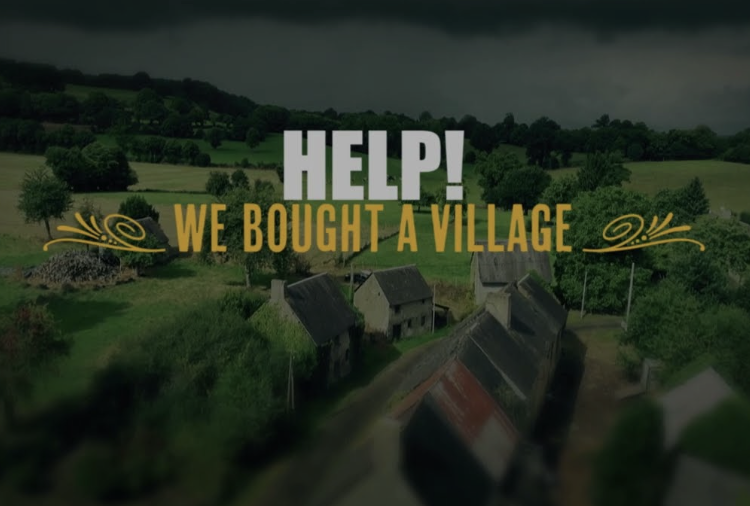Christmas is right around the corner now and while the eve slips away among the latest purchases, a few cards still to be written and dishes to prepare, Christmas expands the time and invites us to slow down and relax.
A day that we Italians spend mainly at the table, renewing the traditional dishes every year which are served together with glasses of excellent wine. Wine, which today accompanies most of the dishes of Italian Christmas traditions, has an ancient history. In Umbria - and Sellano is no exception - it is linked to that of the "maritata" vine plant, a type of cultivation imported from ancient Greece.
The Arbustum "vitatum" or vinea
A custom, that of wine, that comes from very far away. Ancient testimonies have confirmed that already at the time of the Etruscans in Italy a very similar drink was prepared by pressing wild grapes. Subsequently, it was the Greeks and Romans who developed a real wine culture to pay homage to the god Bacchus/Dionysus - according to mythology, the inventor of this drink - during their celebrations.
Sellano, and Umbria more generally, are no exception from this point of view. Starting from the Orientalizing Age (from the second half of the 8th century BC), when Greek merchants came from afar to these territories to sell their precious artefacts, Umbria knew and imported the sapling vine cultivation system, which it produced a good quality wine compared to that previously produced and consumed. Tradition of trade which in Umbria had its maximum splendor in the Middle Ages with the activities of the forge and the apothecary which also led to the production and exchange, as well as of spices and medicinal potions, also of grapes and wines to refresh the rich merchants in ride.
The "married" vine plant
The origin of this type of vine cultivation is lost in the mists of time, as previously anticipated since the time of the Etruscans from 750 to 500 BC. with its expansions from the original Tuscany, towards Lazio, Campania, part of Umbria, Emilia Romagna and Veneto regions. These people already cultivated vines, a tradition that was then transmitted to the Romans who coined the term.
Thus the "married" vine was produced, also called alberata, planted, in festoons, in pergola: a cultivation practice that "married" the vine to a tree (the elm, the field maple, the poplar, the fruit) thus supporting the natural behavior of the plant which tends to climb on the surrounding essences. This new domestic vine was adapted into the pre-existing live support viticulture system, being used in place of the wild vine plant.
Thus two different methods of winemaking were obtained: the first, the Greek one, more suitable for an intensive monoculture and therefore difficult to associate with herbaceous crops (in Latin vinea). The second, that of the married vine (arbustum), which instead lent itself to a promiscuous cultivation, made up of vegetable gardens, arable fields, all passable and workable below the plot of vine shoots suspended high up from the supporting trees.
This last technique is the one most used in Umbria until very recently, also as a consequence of the spread of a sharecropping system more oriented towards promiscuous self-subsistence cultivation.
Sellano's wines and Christmas food
The main vines used in the production of wines in Umbria are predominantly dark grape varieties: Sagrantino, Montepulciano, Sangiovese but also Cabernet Sauvignon, Cabernet Franc, Pinot Noir and Merlot. The most famous and noteworthy Umbrian wines are for example: the Sagrantino di Montefalco DOCG, the Grechetto DOC, the Orvieto Classico DOC, the Torgiano Rosso Riserva DOCG and many others. The production of white grapes seems more rooted in the Sella area. In Valnerina, the cultivation of grapes up to 1000 meters above sea level is a daily reality. We are completing a project for planting vines (over 120 hectares) up to 1400 meters above sea level, with a prevalence of the Pecorino vine.
In Umbria both pure whites and blended wines are produced, for example with Chardonnay. Other white grapes are Malvasia Bianca, Verdello, Canaiolo Bianco, Procanico and Trebbiano Toscano.
Even in this case, Sellano was no exception. During the holidays its inhabitants combined typical local products such as black truffles, cured meats such as Ciauscolo and hams, cheeses and lentils, meats traditionally served on the spit and the two renowned cakes, the savory Fojata and the sweet Attorta, with local wines white, red, rosé and new wines also derived from the cultivation of the married vine.
Even today, this ancient village of uncontaminated beauty celebrates its culinary tradition through products and dishes linked to the territory, but never without a good glass of wine to accompany it. After all, what's better than a bottle of wine to toast during the holidays? Cheers!
